Eco-village model behind China's rural transformation
What used to be a garbage disposal site, the size of a football field, is now an attractive community park.
The village of Yu Lin lies just about 30km away from the heart of Beijing, in the city's north eastern district of Shunyi.
Pictures of the village scenery taken thirty years ago tell a story of a decrepit neighbourhood, held captive by the biting pangs of impoverishment.
That story has rapidly changed in recent years with Yu Lin now a model village built on the values of decent living and ecological conservation.
Old traditional village houses have been replaced with new modest living homes with traditional style ornamentation and courtyards teeming with flower and mini-crop gardens.
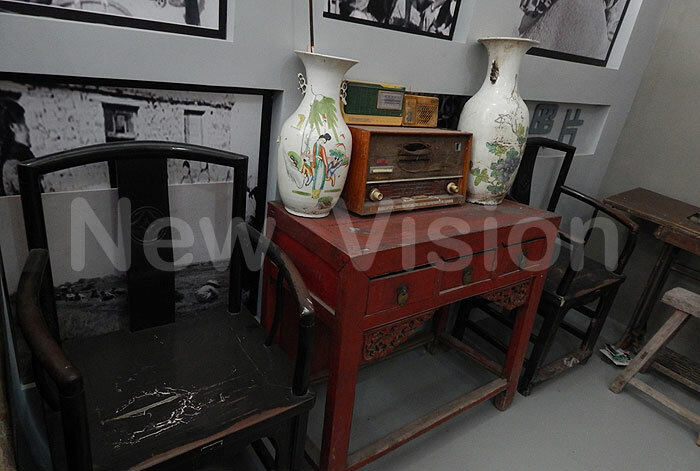
Just three decades ago, the people of Yu Lin were poor as depicted through the home appliances on display at the community museum

Some of the tools used 30 years ago now belong to a village museum
Today, what used to be a garbage disposal site, the size of a football field, is now an attractive community park used by residents to relax or perform tai chi.
The park has play areas for children and exercise equipment for elders. Village paths have since been turned into well-paved and clean modern streets.
Yu Lin village traces its history to the Ming Dynasty that ruled China about 600 years ago. The village draws its name from the Yu Lin tree that was aplenty in the suburb.
Wu Sung (pictured below), a 76-year-old resident and former chief of the village, says the transformation in his neighbourhood has significantly improved the quality of life.
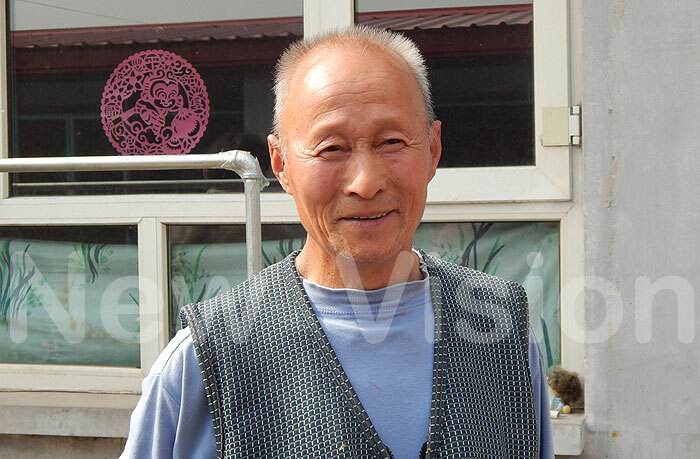
"I personally led efforts to plant green plants and beautify our homes. Life is much better today after the reconstruction work," Sung says through an interpreter.
At the start of the reconstruction work, each of the families contributed towards a $300,000 project to rebuild their worn-out houses. To-date, the village is home to about 2,042 families.
The local government, moved by the community's resolve to establish decent housing, stepped in and supported the construction of the community.
Recycled water from the new homes is channeled to irrigate plants in the community park, ensuring a steady lush green environment.
The park and the village homes are fitted with solar power, and electric heating supplied for domestic use, reducing the need to encroach on the environment for their energy needs.
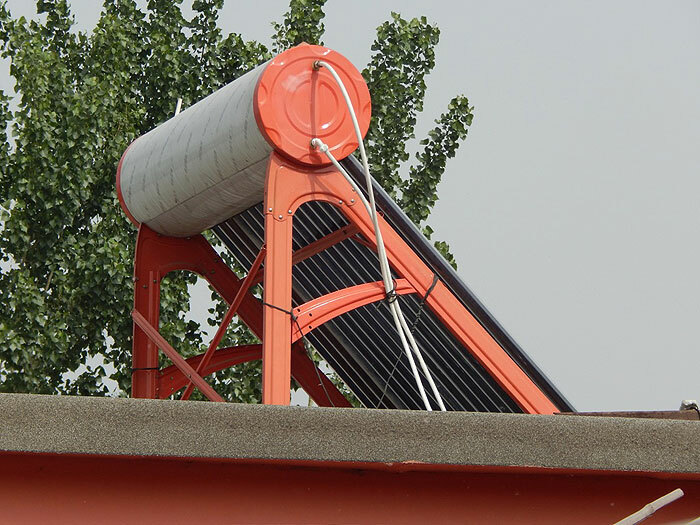
New homes are fitted with solar power and heating facilities

The village reflects the development model of Shunyi district, one of the fast-growing suburbs of the northern Beijing development belt.
The eco-village model has been widely used to transform rural communities across China, by maintaining a balance between rapid development and environment conservation.
The charm of the green environment and alluring skyline endeared Shunyi district to authorities to become host to the 2008 Olympic Games and Seventh Flower Expo of China in 2009.
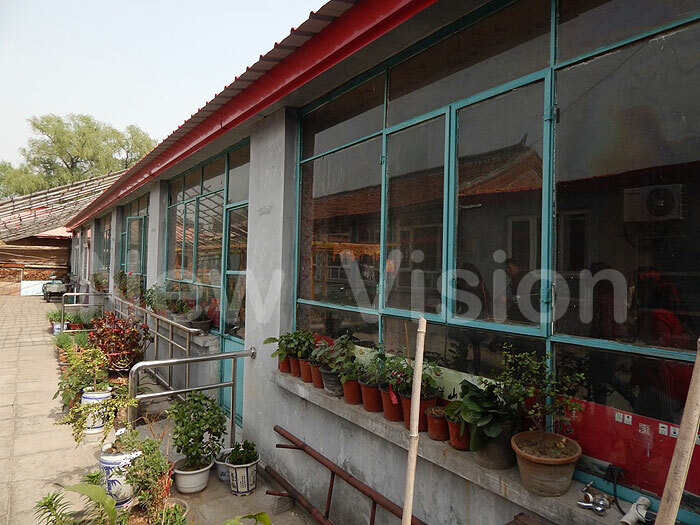
Flower pots around new homes
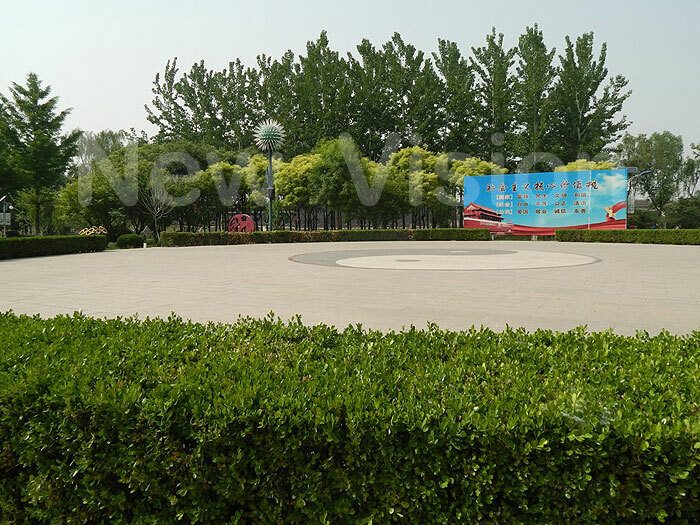
Grounds where the senior citizens practise Tai Chi every morning

Play facilities at the community leisure area

Left is a replica of the Yu Lin tree from which the village derives its name. Right are mini-gardens that dot the apartments
Zhongliao Village
In Jiyang district of Sanya City, in China's southern province of Hainan, a small village of the Li and Miao ethnic minorities has been transformed but its natural environment remains largely intact.

Zhongliao village boasts of pleasant green environment and pleasant folk customs. It covers an area of 6,810 km shared between a forest, farmland, fruit garden and decent homes.
Built under the orient of ecological restoration and repair in the neighbourhood of 812 households, practices such as wood cutting or land acquisition in the village are prohibited.
Zhongliao village is also built as a model village that integrates elements of a livable environment, yet with space for agriculture, leisure and tourism.
The village has kept the traditions of the Li and Miao ethnic communities intact and turned their heritage spanning more than 5,000 years into a flourishing tourist attraction.
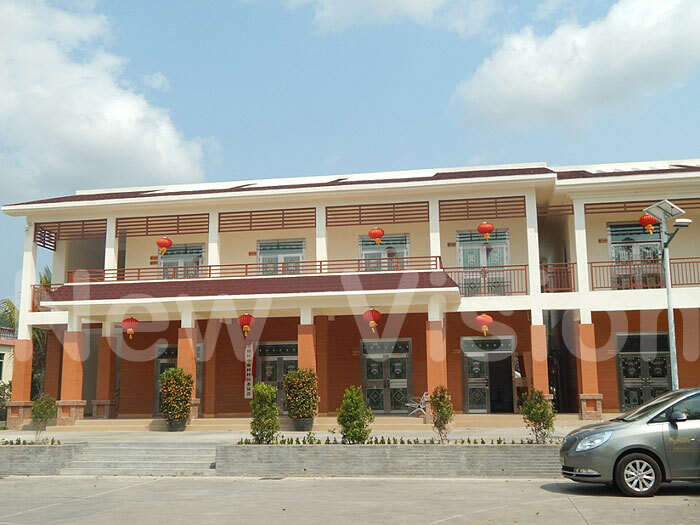
A community resource centre established by the Chinese Government in Zhongliao village
Newly-constructed homes are decorated with unique traditional styles and the village has been zoned with spaces for village tours, crafts-making, agriculture and lake-viewing.
The village has a one-stop centre where residents have access to public services such as national identity card processing, free Wi-Fi and a convention hall.
The model could serve as a reference point as China seeks to support 100 projects in green, low-carbon development in Africa over the next five years.
The projects will be part China's $60b support package to Africa covering 10 areas of cooperation including agriculture, health, education, poverty alleviation and environment.
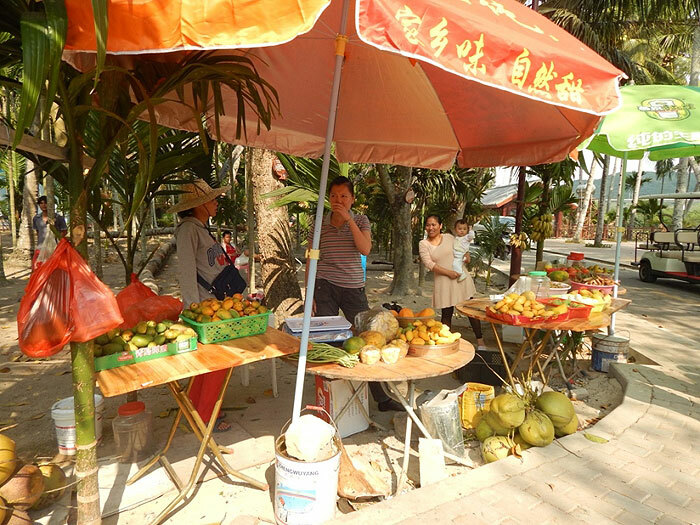
A mini market in Zhongliao
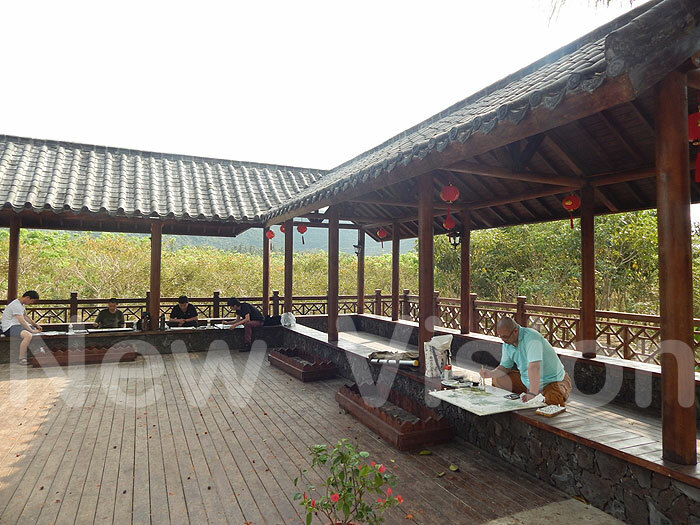
A community shelter for artists
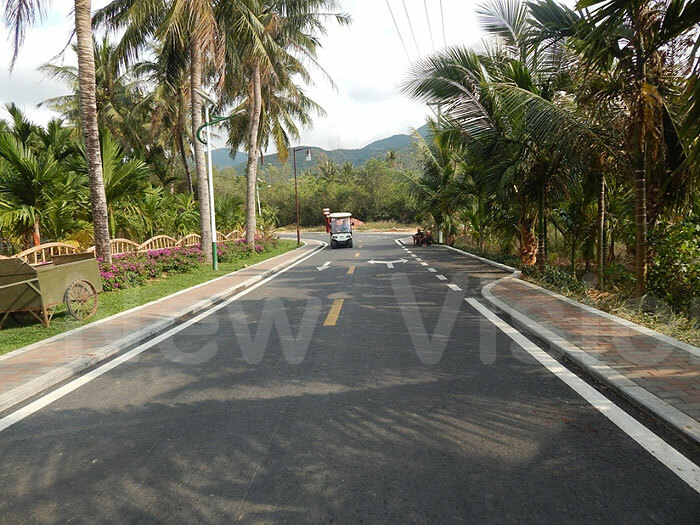
Smooth paved roads around Zhongliao
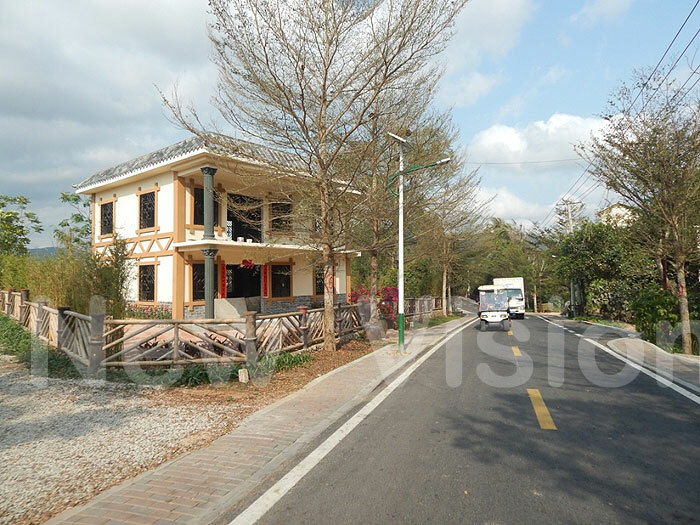
Some buildings built or renovated by the government for the Li and Miao minority communities in Zhongliao village
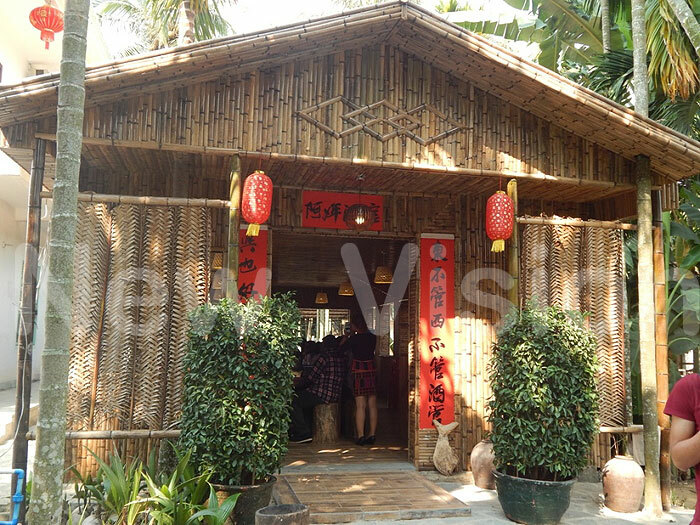
A village restaurant